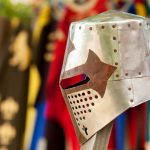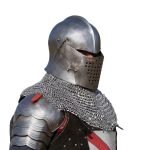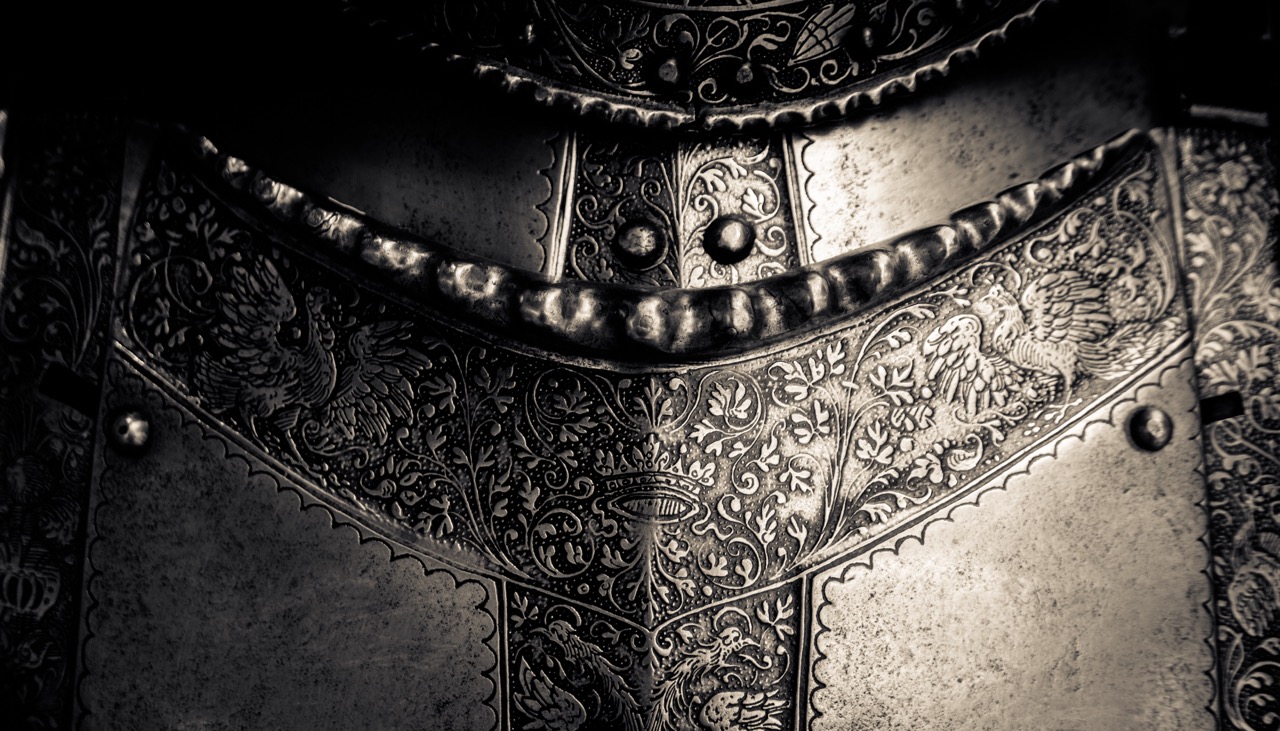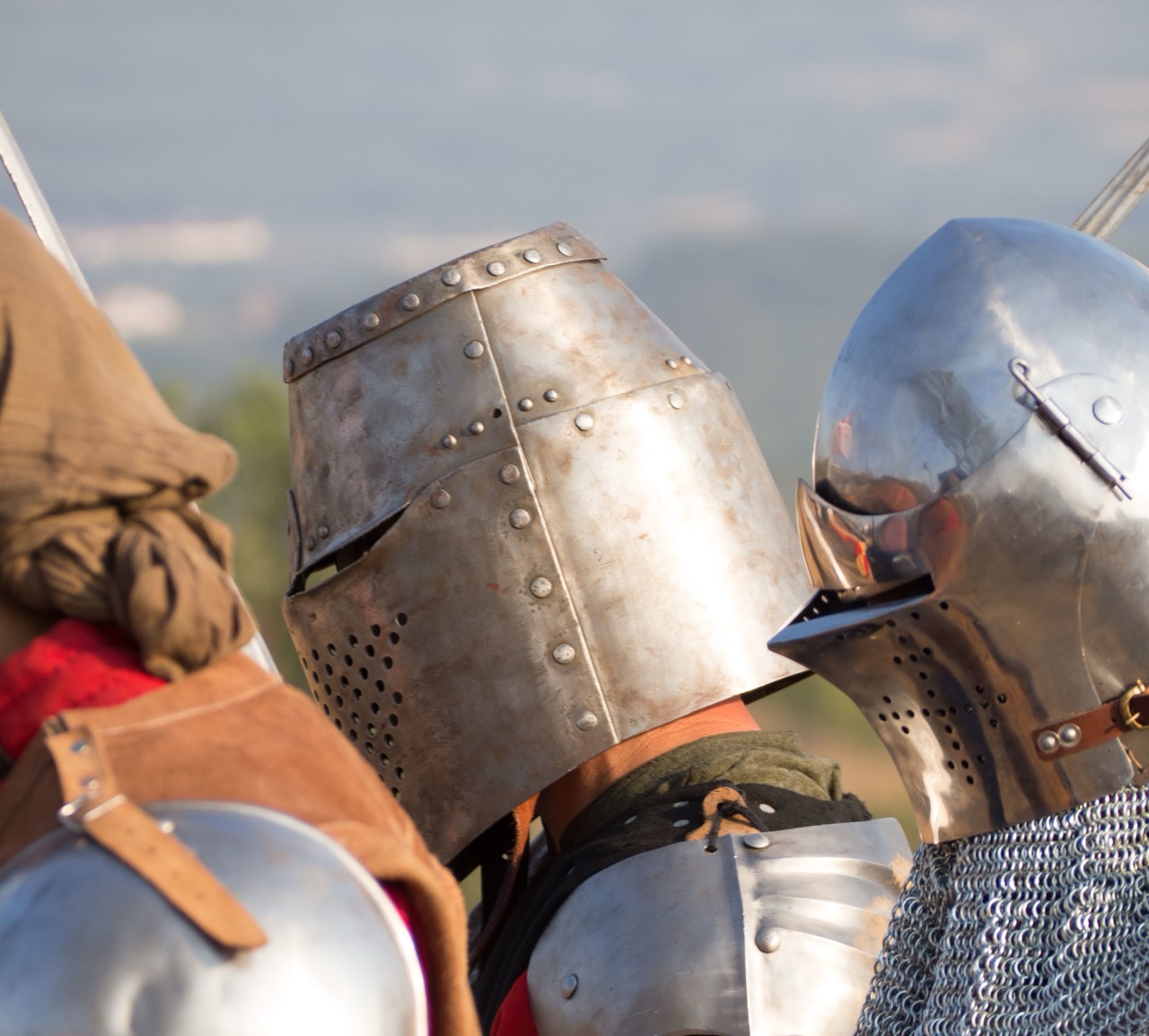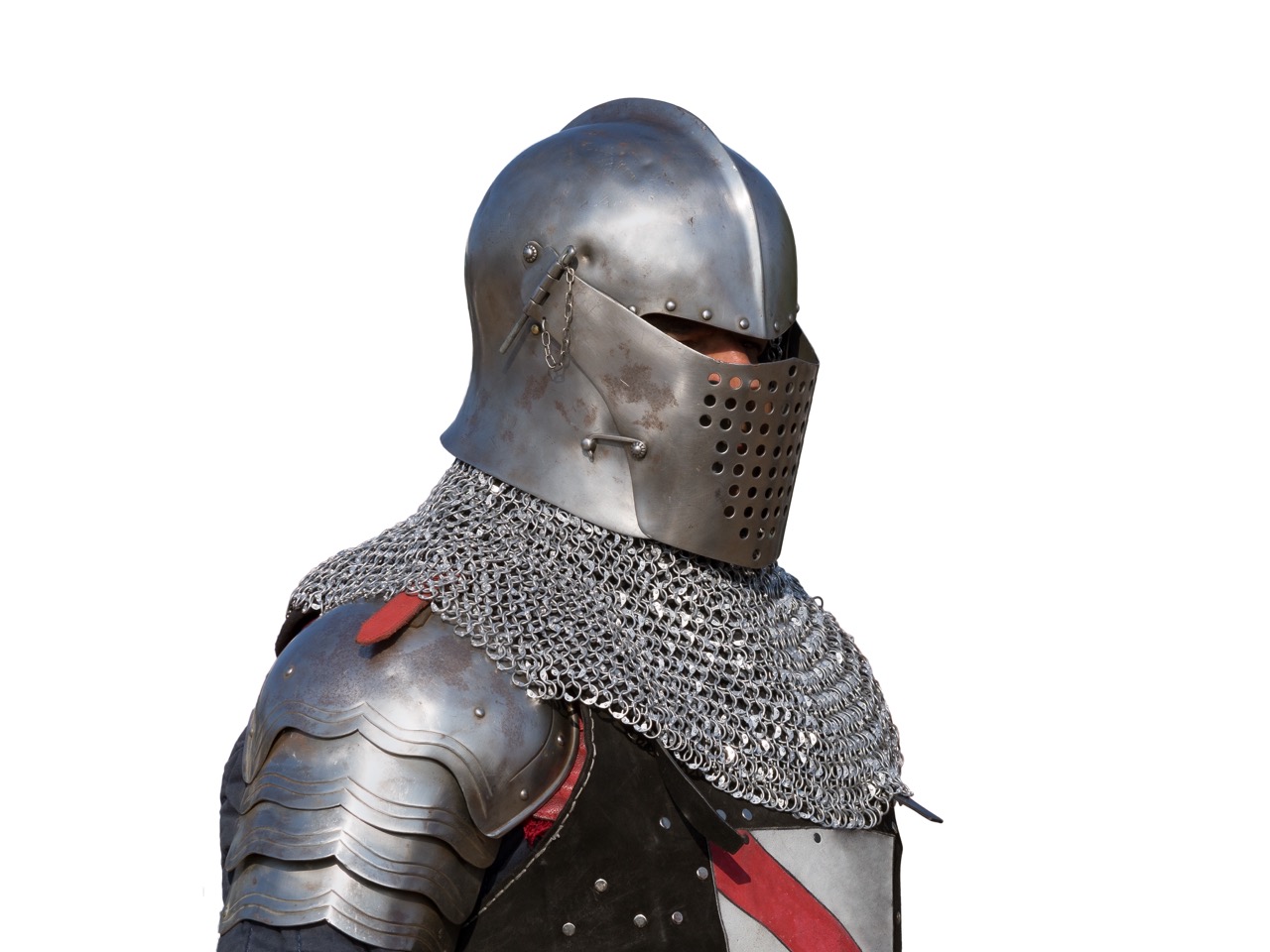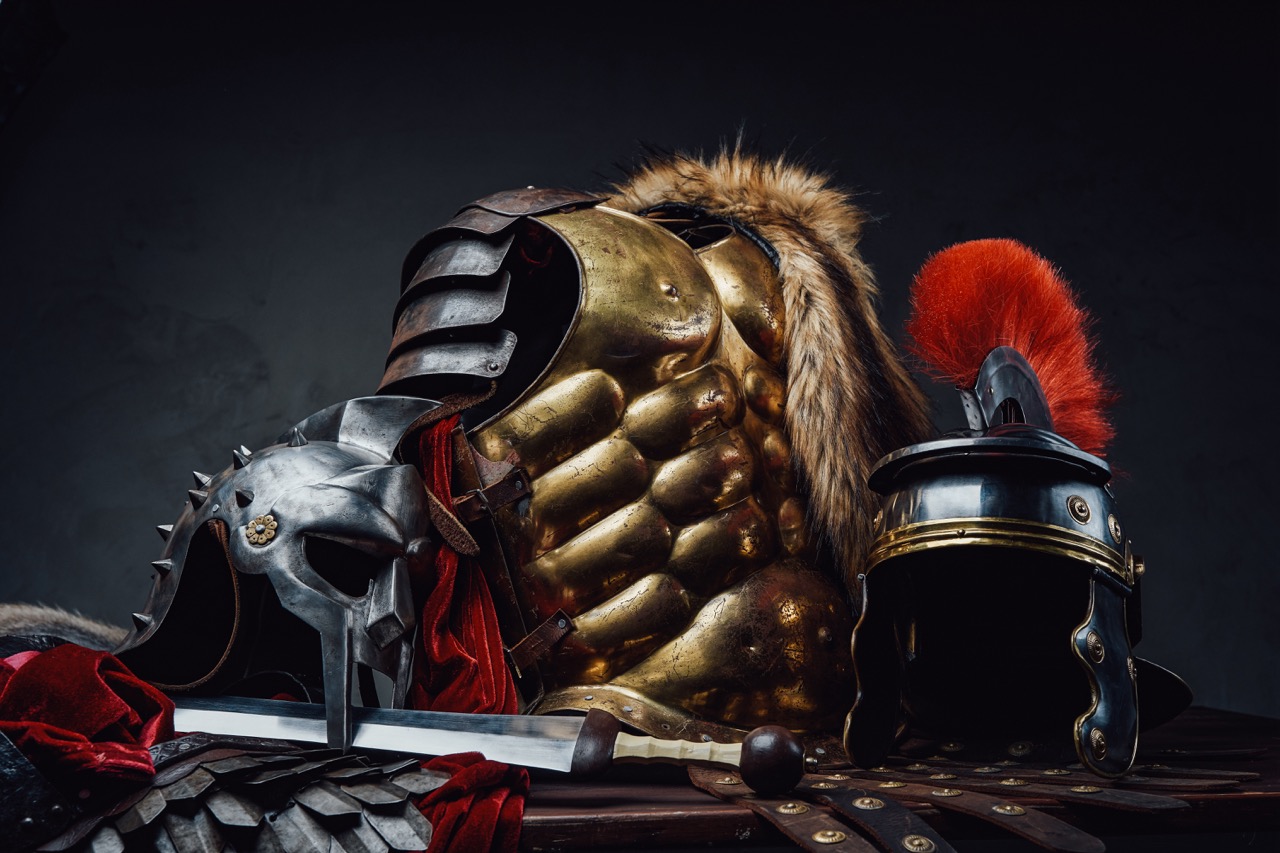Sabatons, the armored footwear typically worn by knights during the medieval period, provide a unique lens through which to examine the complex tactics of warfare from that era. As essential components of a knight’s armor, sabatons were not merely decorative but served crucial protective and functional roles in combat. Understanding their design and use can illuminate the broader strategies employed in medieval warfare, revealing how even the smallest element of armor could influence the outcome of battles.
This article explores the significance of sabatons within the context of medieval warfare tactics, tracing their evolution and examining how they shaped the soldiers’ experiences on the battlefield. By analyzing specific battles and the interplay between mobility, protection, and strategy, we can uncover valuable insights into the martial practices of knights and their enduring legacy in military history.
Introduction to Sabatons and Their Role in Warfare
Sabatons were a vital aspect of a knight’s armor, designed specifically to protect the feet, which are critical for both movement and balance in combat. These protective coverings were usually constructed from metal plates, offering an essential barrier against the various threats of the battlefield, including sharp weapons and rough terrain. The design and functionality of sabatons underscore their importance in both offense and defense, as knights could engage in combat with greater confidence when their feet were safeguarded.
Combat during this era demanded a balance of agility and protection; the feet are fundamental in maintaining stability and facilitating movement. Knights, who engaged in heavy fighting, required armor that would not hinder their mobility while also providing substantial defense. Thus, the role of sabatons was pivotal, as they effectively merged the need for protection with the necessity of maintaining a warrior’s agility on the battlefield.
The Historical Context of Medieval Warfare Tactics
Medieval warfare was characterized by its reliance on heavy cavalry and the chivalric ideals that governed knightly conduct. Battles were often fought in close quarters, where the effectiveness of armor could mean the difference between victory and defeat. Tactics involved formations such as the phalanx or the use of cavalry charges, with knights playing a central role in these strategies. The design of armor, particularly sabatons, had to reflect the demands of these tactics, ensuring that knights could maneuver effectively while protected from enemy attacks.
Moreover, the era saw the emergence of siege warfare and the use of fortified positions, changing how battles unfolded. The need for mobility in these evolving combat scenarios underscored the importance of footwear in a knight’s overall armament. As tactics adapted, so too did the design of sabatons, which had to accommodate both the static and dynamic elements of medieval warfare.
What Are Sabatons? A Brief Overview of Their Design
Sabatons are defined as armored shoes or boots that were typically made from a combination of metal plates and leather. Their design often included articulated sections that allowed for flexibility while maintaining protection. Depending on the period and the wearer’s status, sabatons could vary in intricacy, ranging from simple designs to those adorned with engravings or embellishments that signified rank.
The construction of sabatons necessitated a careful balance between weight and defense. Heavier materials might provide better protection but could hinder movement, whereas lighter materials improved agility but left the wearer vulnerable. This tension is reflected in the design choices made by armorers, who had to consider the specific combat styles and strategies prevalent during their time.
Evolution of Sabatons: From Function to Fashion
Initially, sabatons were purely functional, designed to offer protection without much regard for aesthetics. However, as time progressed, the artistry of armor crafting began to evolve. By the late Middle Ages, the demand for decoration and personal expression in armor became more pronounced. Sabatons began to feature intricate designs, with etchings and embellishments that reflected the knight’s wealth and status. This shift marked a transition from utilitarian necessity to a symbol of nobility and prestige.
This evolution also mirrored broader societal changes. As the role of knights transformed from frontline warriors to symbols of chivalry, their armor, including sabatons, became a reflection of their identity. The balance between function and fashion in sabaton design indicates how personal expression became intertwined with martial utility, highlighting the intricate relationship between a knight’s status and their equipment.
Key Battles That Highlight Sabaton Usage in Warfare
Several notable battles throughout medieval history illustrate the significance of sabatons in warfare. For instance, during the Battle of Agincourt in 1415, British longbowmen faced heavily armored French knights. The mobility afforded by lighter armor, including sabatons, played a crucial role in the effectiveness of the English forces, allowing them to outmaneuver their opponents. The design of their footwear allowed knights to traverse muddy terrain and engage in combat efficiently, ultimately leading to a decisive victory.
Similarly, in the Battle of Towton in 1461, the importance of mobility combined with protection was highlighted. The war was fought in harsh winter conditions, and knights who could navigate the snow and maintain their footing had a distinct advantage. The effectiveness of sabatons, allowing for both stability and defense, was crucial in such scenarios, as knights needed to maintain their combat effectiveness while facing varying environmental challenges.
Analyzing the Protective Function of Sabatons
The primary purpose of sabatons was undoubtedly protection. The feet are vulnerable to cuts, bruises, and other injuries during combat, and sabatons served to mitigate these risks. While heavy armor could encumber a knight’s movement, sabatons were designed to offer a combination of defense and mobility. This design consideration allowed knights to engage in combat with greater confidence, knowing their feet were shielded from the dangers of the battlefield.
Moreover, the protective function of sabatons can also be seen in their role during jousting tournaments, where knights faced off in a controlled but dangerous environment. The risk of injury to the feet from an opponent’s lance or falling from a horse necessitated robust footwear, underscoring the importance of sabatons in both traditional warfare and the ceremonial aspects of knightly competition.
The Influence of Sabatons on Mobility in Combat
Mobility was a critical element in the effectiveness of a knight on the battlefield. Sabatons played a significant role in facilitating movement, allowing knights to run, jump, and switch directions rapidly while remaining protected. The articulation in their design helped knights maintain foot agility, which was essential during close-combat situations where every movement counted.
As battles often involved rapidly changing scenarios, the effectiveness of a knight could be compromised if they were unable to navigate their surroundings swiftly. Sabatons contributed to this agility, enabling knights to perform evasive maneuvers against opponents while sustaining their defensive stance. The integration of mobility within their design reflects the broader tactical considerations that defined medieval combat.
How Sabatons Impacted Soldier’s Combat Strategies
The presence of sabatons influenced how knights approached combat strategies. With the assurance of foot protection, knights could adopt aggressive tactics, charging into battle with reduced fear of injury. This confidence enabled a more offensive posture, as they could maintain their footing while engaging with enemies, leading to more dynamic and fluid combat scenarios.
Additionally, the design and functionality of sabatons allowed for various formations and tactics to emerge. For instance, in tightly packed formations, the ability to quickly pivot and move could turn the tide of a battle. The formation of knights, equipped with effective sabatons, created a formidable force that could withstand both ranged and melee attacks, thus shaping the overall strategy on the battlefield.
Sabatons and the Armor: A Unified Approach to Defense
Sabatons were an integral part of a knight’s overall armor, designed to work in harmony with other protective gear. This unification was essential for creating a comprehensive defense system, where each piece of armor complemented the others. For example, the articulation in sabatons allowed for greater freedom of movement, which was essential when paired with other armored components, such as greaves and cuisses.
The effectiveness of a knight’s armor was contingent on the synergy between its various elements. Sabatons not only protected the feet but also contributed to the overall structural integrity of the knight’s defense. This interconnectedness highlights the sophisticated nature of medieval armor design, where each piece, including sabatons, played a crucial role in ensuring a knight’s survival and effectiveness in combat.
Case Studies: Famous Knights and Their Sabaton Styles
Throughout history, many renowned knights have been associated with distinct styles of sabatons that reflected their personal status and combat prowess. For example, Sir William Marshal, one of the most celebrated knights of the medieval era, was known for his exceptional skill in battle and his intricately designed armor, including his sabatons. His choice of footwear, often adorned with heraldic symbols, served not only as protection but as a statement of his noble lineage.
Similarly, Richard the Lionheart’s armor, including his sabatons, became iconic. His well-crafted footwear exemplified the combination of functionality and aesthetic appeal, showcasing the high craftsmanship standards of the time. By examining the sabaton styles of these famous knights, we gain insights into how these armored shoes were not only practical but also deeply embedded in the culture and identity of medieval warriors.
The Transition from Sabatons to Modern Footwear
As warfare evolved, so did the design of protective gear, leading to the eventual decline of sabatons as a prominent feature of military attire. The transition from heavily armored knights to more mobile infantry units marked the end of the era when sabatons were essential for combat. Modern warfare introduced different combat strategies and technologies, rendering traditional armor, including sabatons, obsolete.
However, the principles of protection and mobility established in sabaton design continue to influence modern footwear. Contemporary military and tactical footwear often incorporate elements originally found in sabatons, such as reinforced toe caps for protection and designs that facilitate agility. The legacy of sabatons can be seen in these modern adaptations, illustrating how historical innovations inform current practices in soldier gear.
In conclusion, the study of sabatons provides an insightful perspective on medieval warfare tactics, revealing the intricate relationship between armor design and combat strategies. These armored shoes were not only critical for protection but also played a significant role in influencing the movement and approaches of knights on the battlefield. By understanding the evolution and usage of sabatons, we gain valuable lessons about the importance of integrated defense systems, mobility, and the impact of personal identity within the context of warfare. The legacy of sabatons continues to resonate in modern military practices, underscoring the enduring significance of historical innovations in shaping contemporary approaches to combat.
